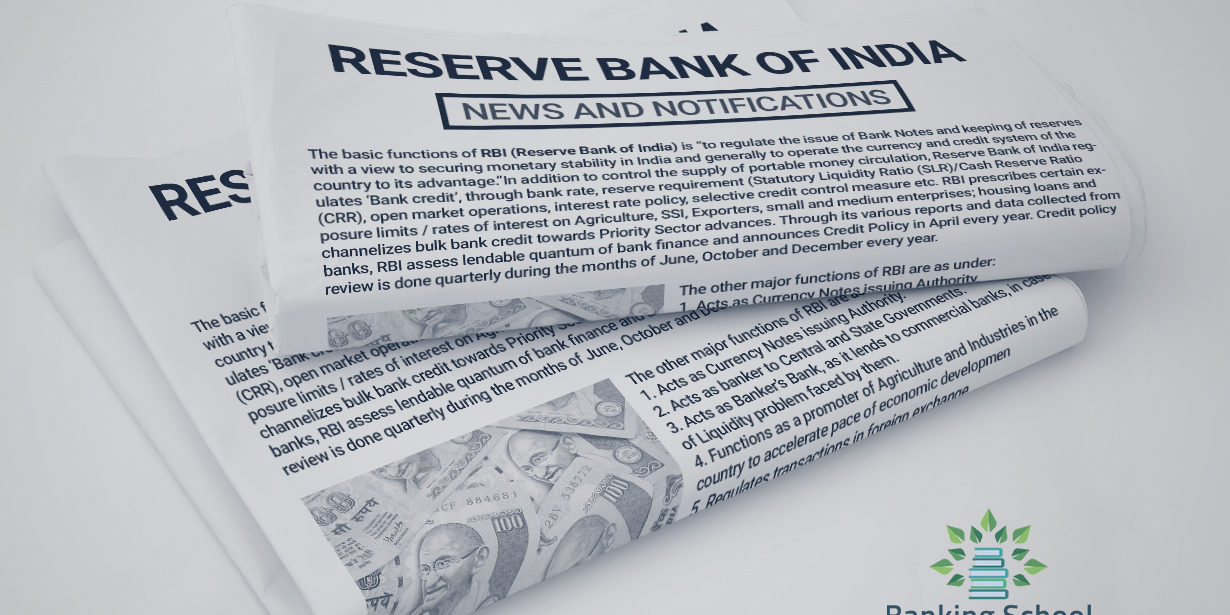Today, the Report on Currency and Finance (RCF) for the year 2020-21 was released by the RBI. The central bank has sought to retain its current inflation target of 4%, with a two-percentage-point latitude on either side, seeking to build confidence in the broader economy that is still prone to both supply shocks and sudden demand shrinkage. “The current numerical framework for defining price stability, i.e., an inflation target of 4 per cent with a +/-2 per cent tolerance band, is appropriate for the next five years,” it said. The theme of the Report is “Reviewing the Monetary Policy Framework” which assumes topical relevance in the context of the review of the inflation target by March 2021 against the backdrop of structural changes in the macroeconomic and financial landscape that have prompted several central banks to undertake policy framework reviews, it said.
Highlights of the report:
“In the international experience, inflation targeting emerging market economies (EMEs) have generally lowered their inflation targets and narrowed tolerance bands,” it said.
The average CPI inflation was 3.9% in India during the period of review, with a decline in inflation volatility, attesting to the success of the Flexible Inflation Targeting (FIT) regime in terms of its primary mandate. The existing mandate requires the RBI to keep headline inflation at the 4% midpoint of its target range of 2%-6%. The upper and lower tolerance limit fixed by RBI found to be appropriate in view of the threshold inflation above which growth is unambiguously impaired ranges between 5 and 6 per cent in India. On the other hand, a lower bound above 2 per cent can lead to actual inflation frequently dipping below the tolerance band while a lower bound below 2 per cent will hamper growth, indicating that an inflation rate of 2 per cent is the appropriate lower tolerance bound, it said.
According to the report, after it reviewed the flexible inflation targeting regime (FIT), put in place five years ago, the current inflation target is appropriate. However, the report acknowledged that some aspects like the time horizon to measure failure, the process of admitting members to the rate panel, giving forward guidance and the release of minutes need a review.
The report said that “trend inflation to which actual inflation converges after a shock provides an appropriate benchmark for the inflation target; trend inflation has fallen from above 9 per cent before FIT to a range of 3.8 – 4.3 per cent during the FIT, indicating that 4 per cent is the appropriate level of the inflation target for India”.
The monetary transmission during flexible inflation targeting regime (FIT) has been full and reasonably swift across the money market it said. However, in the bond market it was less than complete it added. Further, there has been an improvement in transmission to lending and deposit rates of banks, external benchmarks across all categories of loans and deposits could improve transmission, it said.
The report emphasized that there is a need to enhance the RBI’s sterilisation capacity to deal with surges in capital flows, in view of the conduct of monetary policy in an open economy setting, foreign exchange reserves and associated liquidity management are key.
“The contents of the Report, its findings, views, and conclusions are entirely those of the contributors and do not represent the views of the Reserve Bank,” RBI said.



